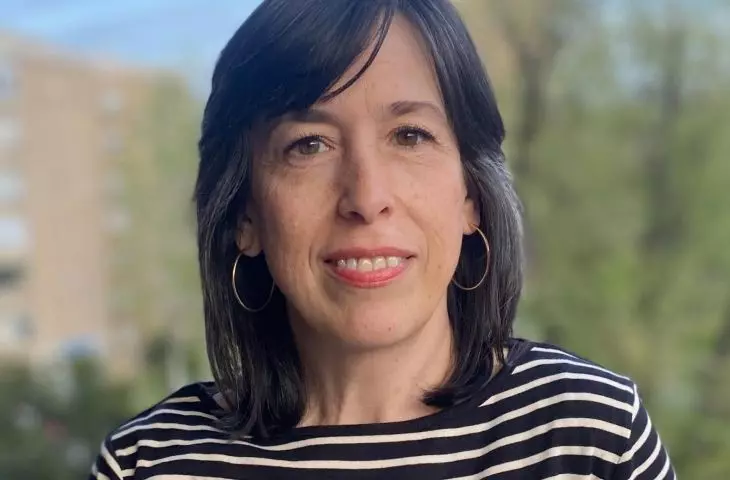Video interview with Dr. Gloria Pérez Álvarez-Quiñones
Until May 17 this year, the Cervantes Institute in Krakow is hosting the exhibition "Inhabiting Diversity. Traditional architecture in Spain: an example of sustainable development", accompanied by a series of lectures Spanish Women's Architecture. During one of the meetings, Dr. Gloria Pérez Álvarez-Quiñones, a researcher at Madrid's Eduardo Torroja Institute working on the development of sustainable building materials, talked about the use of solar energy in traditional and contemporary Spanish architecture.
presentation by Dr. Gloria Pérez Álvarez-Quiñones
© Cervantes Institute in Krakow
With alarming data on the impact of the construction sector on the climate, we are seeing a return to vernacular architecture, that is, architecture rooted in the local building tradition, adapted to the climate, culture and conditions of the place where it is built.
One of the natural factors to be taken into account in the design process is solar energy — not only through the proper positioning of buildings in relation to the world's sides, but also through the use of adequate materials — especially on facades, roofs or exterior paving — that optimize the management of this natural energy. In traditional architecture, the answer was color — dark surfaces absorbed the radiation and thick walls transferred the accumulated heat to the interiors, or light finishes that effectively reflected the sun's radiation, preventing its absorption and overheating of the building. Today, modern materials are being developed on the basis of these traditional solutions, such as so-called cold paints in different colors, whose high infrared reflectance reduces overheating of objects, or color-changing materials (they become white when it's warm and dark when it gets cold).
A popular way to promote passive energy generation in Spain is the Trombe wall, in which a black-painted accumulation wall on the outside (with an inlet at the top and an outlet at the bottom) is preceded by a chamber in which air is heated and a pane of glass through which solar radiation passes. The radiation absorbed by the black surface of the wall causes the temperature in the chamber to rise, and the heated air enters the room through the upper duct. Cooler air exits the room through the bottom channel and, heated in the chamber, returns to the interior through the top.
Trombe wall: 1 - summer sunlight, 2 - winter sunlight, 3 - roof, 4 - glass, 5 - chamber where air is heated, 6 - accumulation wall painted black from outside, 7 - inlet of heated air into the room, 8 - outlet of cooled air from the room, 9 - room, 10 - insulating walls
il. Zielu20 | Wikimedia Commons © CC BY-SA 3.0
Gloria Pérez Álvarez-Quiñones, a guest of the Cervantes Institute in Krakow, works on a daily basis on the development of cement-based building materials with advanced optical functions, and also works on the thermo-optical characterization of building materials to improve the sustainability of buildings and cities, which she told us about in a short conversation:




























